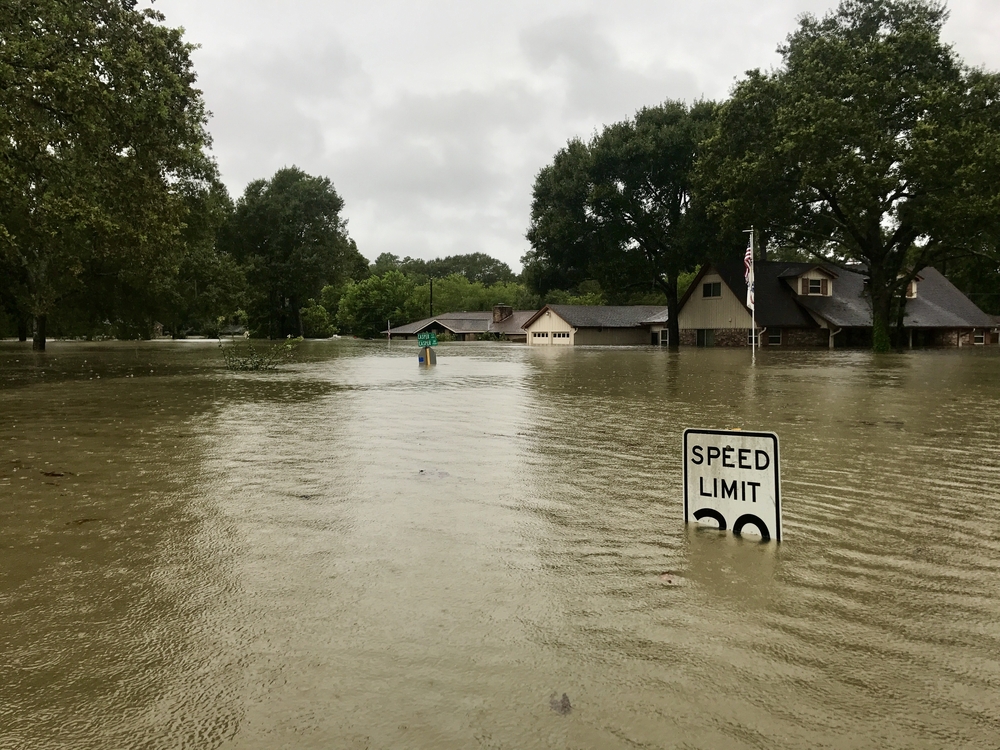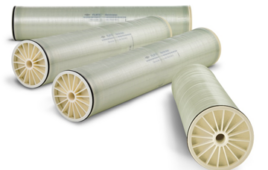
Hurricane Harvey’s rush through southeast Texas may have damaged at least 13 superfund sites, according to an Associated Press report.
The U.S. Environmental Protection Agency (EPA) is monitoring more than a dozen Superfund sites in the Houston metro area, which was once rife with petrochemical and other industrial operations. The area is designated by the EPA as being among America’s most intensely contaminated places.
Superfund is a federal government program designed to fund the cleanup of sites contaminated with hazardous substances and pollutants.
Monitored sites include the Highlands Acid Pit site in Highlands, a suburb of Houston.
Highlands Acid Pit was once filled with toxic sludge and sulfuric acid from oil and gas operations in the 1950s. Despite 22,000 cubic yards being excavated in the 1980s, the site still presents a threat to groundwater in the area.
According to an article published Sept. 3, AP reporters personally surveyed seven superfund sites in the Greater Houston area and noted that all had been inundated with water, in some cases many feet deep. At that time, the AP reported that the EPA had not yet been able to physically visit the Houston-area sites.
This AP report put the news organization and the EPA at odds.
After the AP report was published, the EPA issued a statement confirming that 13 of the 41 Superfund sites in Texas experienced flooding and suffered possible damage due to the storm.
The statement also confirmed that the EPA had not yet been able to physically visit the sites in the Houston area because they had not been accessible by response personnel. It stated that the EPA examined two sites in Corpus Christi and found no significant damage.
“Teams are in place to investigate possible damage to these sites as soon flood waters recede and personnel are able to safely access the sites,” the EPA statement said.
However, the EPA took aim at the AP, claiming that their report did not represent the full scope of the EPA’s operation.
“Yesterday, the Associated Press’ Michael Biesecker wrote an incredibly misleading story about toxic land sites that are under water,” the statement said. “Despite reporting from the comfort of Washington, Biesecker had the audacity to imply that agencies aren’t being responsive to the devastating effects of Hurricane Harvey.
“Not only is this inaccurate but it creates panic and politicizes the hard work of first responders who are actually in the affected area.”
According to the Washington Post, the EPA was monitoring the sites by plane while the flood water was still too prevalent to examine the locations.
The AP fired back at the EPA.
“We object to the EPA’s attempts to discredit that reporting by suggesting it was completed solely from ‘the comforts of Washington’ and stand by the work of both journalists who jointly reported and wrote the story,” AP Executive Editor Sally Buzbee said in a statement.
Both the Brio Refining Inc. Superfund site and the Dixie Oil Processors site about 20 miles southeast of Houston in Friendswood saw a road coated in a layer of silt once the flood waters had receded.
John Danna, the manager hired by the companies to oversee the sites, told the AP that the EPA did not test the water still draining from area.
A security guard at another Superfund site—the Patrick Bayou Superfund site—told the AP that flooding came hundreds of feet inland during the storm.
Despite taking steps to roll back or delay rules aimed at preventing air and water pollution, EPA Administrator Scott Pruitt has called cleaning up Superfund sites a top priority.




